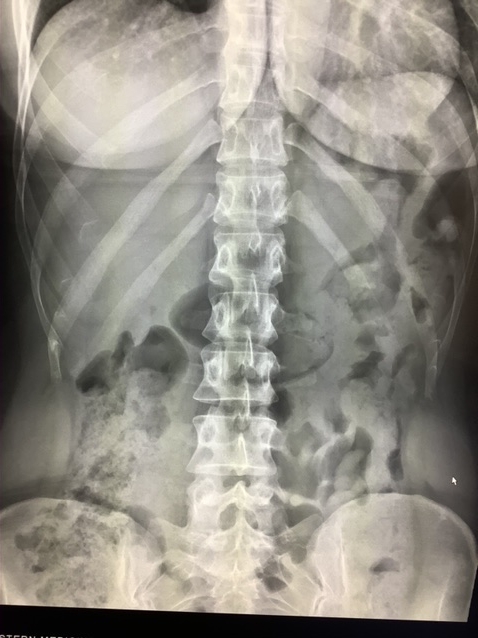Can a Gastric Emptying Scan Show Cancer?
Gastric emptying scans are specialized medical imaging tests designed to evaluate the speed at which food leaves the stomach and enters the small intestine. This procedure is important for diagnosing various gastrointestinal disorders, including gastroparesis, a condition where the stomach empties food too slowly. Patients experiencing symptoms such as nausea, vomiting, bloating, and abdominal pain may undergo this test to pinpoint the cause of their discomfort.
But what about the test’s ability to detect more serious conditions, such as cancer? Let’s discuss the capabilities of gastric emptying scans in identifying cancer and the role of imaging in diagnosing gastrointestinal malignancies.
What is a Gastric Emptying Scan?
A gastric emptying scan is a diagnostic test that uses a radioactive material, typically mixed with food, to track how quickly food exits the stomach. The patient eats the radioactive-labeled meal, and a special camera called a gamma camera monitors the movement of this meal through the digestive tract. By analyzing this movement, healthcare professionals can assess if the stomach’s emptying time is within the normal range or if delays suggest a condition like gastroparesis.
Can a Gastric Emptying Scan Detect Cancer?
While the primary purpose of a gastric emptying scan is to evaluate stomach emptying times, it is not specifically designed to detect cancer. However, abnormal results can indirectly hint at the presence of underlying conditions, including tumors or cancer, that might be affecting the stomach’s ability to function properly. If a gastric emptying scan shows significantly delayed emptying without a clear reason, further diagnostic investigations, such as endoscopy or CT scans, may be recommended to rule out possible malignancies.
The Role of Imaging in Diagnosing Gastrointestinal Cancer
To directly identify cancer, healthcare providers rely on a range of imaging tests, each with its own strengths in revealing the presence and extent of tumors.
Endoscopy
An endoscopy is a procedure that allows doctors to view the inside of the digestive tract using a flexible tube equipped with a light and camera. It can detect tumors within the stomach or esophagus and allows for biopsy, which is crucial for cancer diagnosis.
CT Scans and MRI
CT scans and MRI are more comprehensive imaging techniques used to visualize the stomach and surrounding tissues in detail. These tests can identify masses or abnormalities that suggest cancer, assess its spread to nearby organs, and help plan treatment.
PET Scans
PET scans are used in oncology to detect cancerous cells throughout the body. While not specific for gastric cancer diagnosis, PET scans can indicate the presence of metabolically active tumors, aiding in staging cancer and monitoring treatment response.
Other Diagnostic Tools for Detecting Stomach Cancer
Besides imaging, healthcare providers may use blood tests, including tests for tumor markers, and histopathology exams of biopsy samples to diagnose and confirm the presence of cancer. These methods provide a more definitive diagnosis compared to imaging alone.
Conclusion
A gastric emptying scan is a valuable tool for diagnosing conditions that affect how the stomach empties, such as gastroparesis. While it is not designed to detect cancer directly, abnormal results may lead healthcare providers to conduct further tests to rule out serious conditions, including cancer. For the direct detection and diagnosis of gastrointestinal malignancies, a combination of endoscopy, CT scans, MRI, and PET scans, alongside histopathological examination, offers the most accurate assessment. If you’re experiencing symptoms that suggest a problem with your stomach’s emptying, it’s essential to consult with a healthcare provider who can recommend the appropriate diagnostic tests and ensure timely and effective treatment.

